Detonation Wave Propagation In Orifice CFD Simulation | ANSYS Fluent Training
Detonation Wave Propagation In Orifice CFD Simulation | ANSYS Fluent Training
- Upon ordering this product, you will be provided with a geometry file, a mesh file, and an in-depth Training Video that offers a step-by-step training on the simulation process.
- For any more inquiries regarding the product, please do not hesitate to reach out to us at info@CFDLAND.com or through our online support assistant.
€195 Original price was: €195.€145Current price is: €145.
Detonation Wave Propagation In Orifice CFD Simulation, ANSYS Fluent Training
Geometric constriction and the high-speed combustion wave interact intricately during detonation wave propogation via orifice. The detonation wave may undergo diffraction, reflection, and transmission when it comes into contact with the orifice, changing the wave’s velocity and shape. The behavior of the wave downstream is greatly influenced by the size of the aperture in relation to the size of the detonation cell. While bigger orifices may enable successful transmission, perhaps with considerable distortion of the wave front, smaller orifices may result in quenching or the generation of weaker deflagration waves. Applications involving detonation transmission and control, including pulse detonation engines and explosion mitigation systems, require an understanding of these dynamics. Knowing the importance of detonation wave subject, we conducted a CFD simulation regarding a reference paper entitled “Numerical Investigation of Detonation Wave Propagation through Small Orifice Holes [1]” using ANSYS FLUENT.
- Reference [1]: Vashishtha, Ashish, Dean Callaghan, and Cathal Nolan. “Numerical Investigation of Detonation Wave Propagation through Small Orifice Holes.”

Figure 1: Computational zone of detonation wave through orifice CFD Simulation [1]
Simulation Process
The computational domain along with initial condition used in this study are shown in Figure 1. It is designed using Design Modeler software, adding proper divisions for production of structured grid in the next step. It is of great importance, particularly around orifice region where we expect a massive propagation wave. A 2:1:7 H2:O2:Ar mixture is placed into the tube at a temperature of 298 K and a pressure of 10 kPa. This implementation requires use of Species Transport model regarding volumetric reactions that follows the equation:
H2 + O2 ==> H2O
It is worth mentioning that the high-speed flow (supersonic) gives us the permission to assume the mixture as inviscid. However, this should be corroborated by proper thermophysical properties and reaction simplifications. Notably, it is one of the daunting challenges to keep CFL in a managable range to evade divergence.
Post-processing
According to the modeling results, there is a noticeable rise in temperature at the orifice, peaking right downstream in the expansion region. This high temperature range indicates that the H2 will successfully ignite and burn in this area. The consumption of H2 as a result of combustion is confirmed by the corresponding mole fraction contour of H2b, which displays a sharp drop in concentration within the same small area (see Fig.2). In line with the expansion and heating of the combustion products, the density contour shows a noticeable drop in density in the high-temperature area downstream of the orifice. The cooler, unreacted mixture is reflected in the increased density upstream of the opening. The quick shift from unreacted to reacted flow is further demonstrated by the sudden change in density across the orifice.
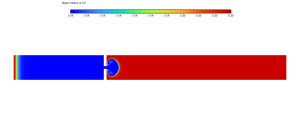
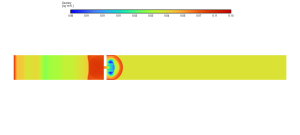
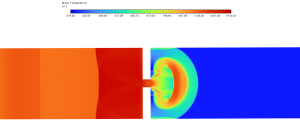
Figure 2: a) H2 mass fraction b) density c) temperature field around wave propagation in orifice
There is strong evidence of localized combustion caused by the orifice based on the observed patterns of temperature, density, and H2b mole percentage. This conclusion is highly supported by the fact that low density, low H2b mole fraction, and high temperature all occur in the same area. By measuring the total amount of H2b used and the temperature increase in relation to the theoretical adiabatic flame temperature, additional analysis might be used to estimate the combustion efficiency. Additional information about the flow dynamics and mixing properties within the orifice region might be obtained by looking at the velocity field, which would aid in understanding the variables affecting flame stability and propagation.
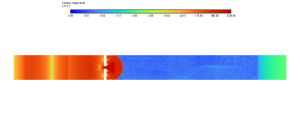
Figure 3: Velocity gradient in wave propagation in orifice CFD simulation
We pride ourselves on presenting unique products at CFDLAND. We stand out for our scientific rigor and validity. Our products are not based on guesswork or theoretical assumptions like many others. Instead, most of our products are validated using experimental or numerical data from valued scientific journals. Even if direct validation isn’t possible, we build our models and assumptions on the latest research, typically using reference articles to approximate reality.
Yes, we’ll be here . If you have trouble loading files, having technical problems, or have any questions about how to use our products, our technical support team is here to help.
You can load geometry and mesh files, as well as case and data files, using any version of ANSYS Fluent.
€165 Original price was: €165.€135Current price is: €135.

€165 Original price was: €165.€105Current price is: €105.

€185 Original price was: €185.€115Current price is: €115.

€380 Original price was: €380.€185Current price is: €185.

€280 Original price was: €280.€145Current price is: €145.

€240 Original price was: €240.€175Current price is: €175.


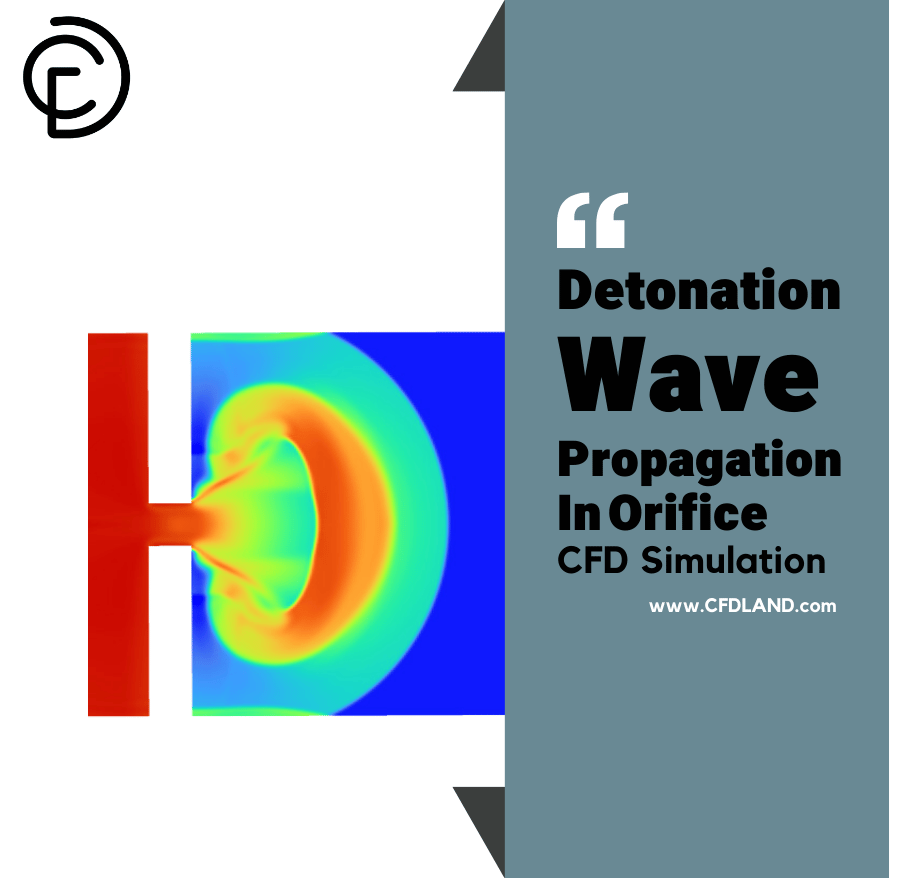
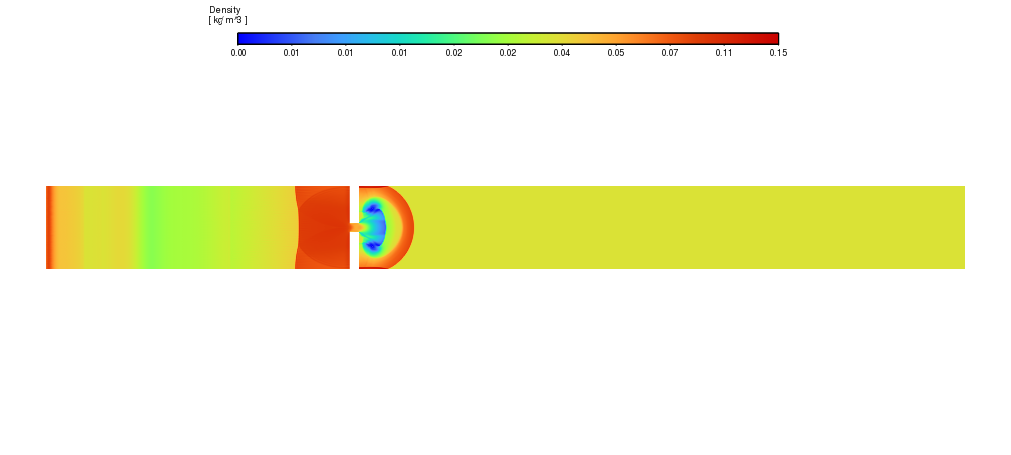

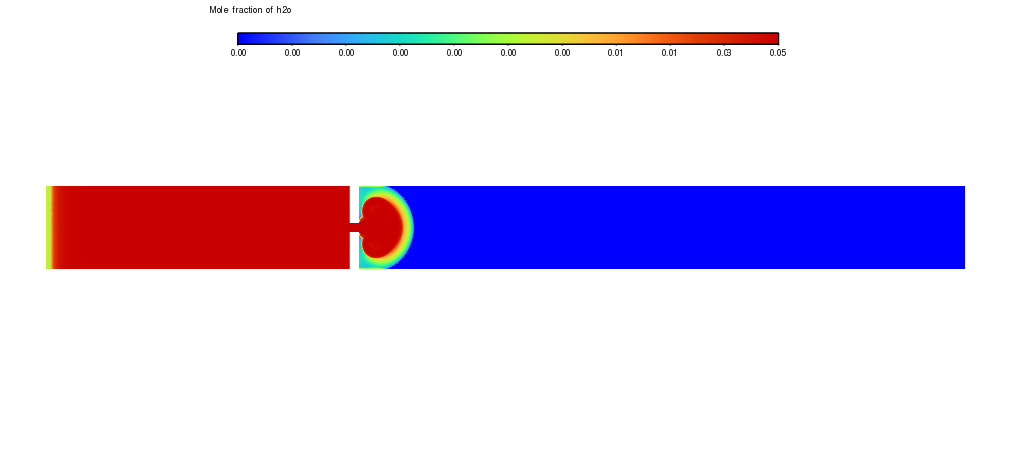
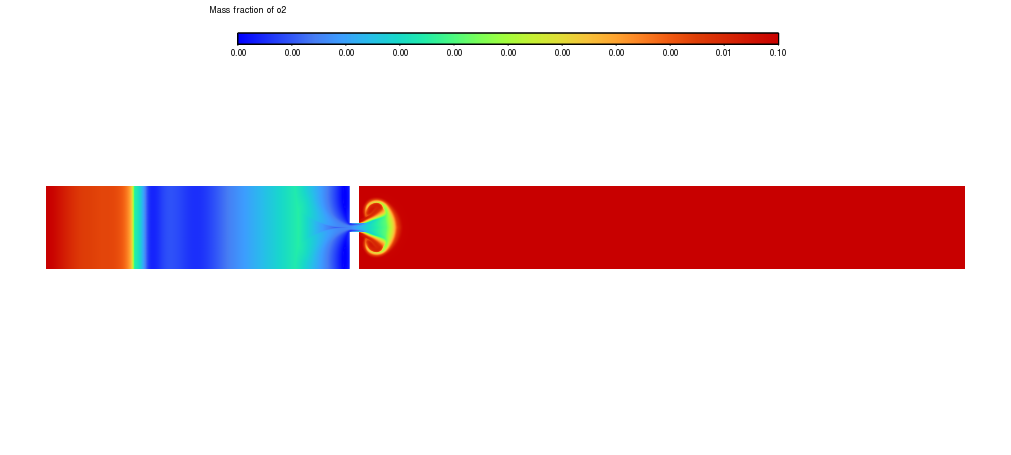
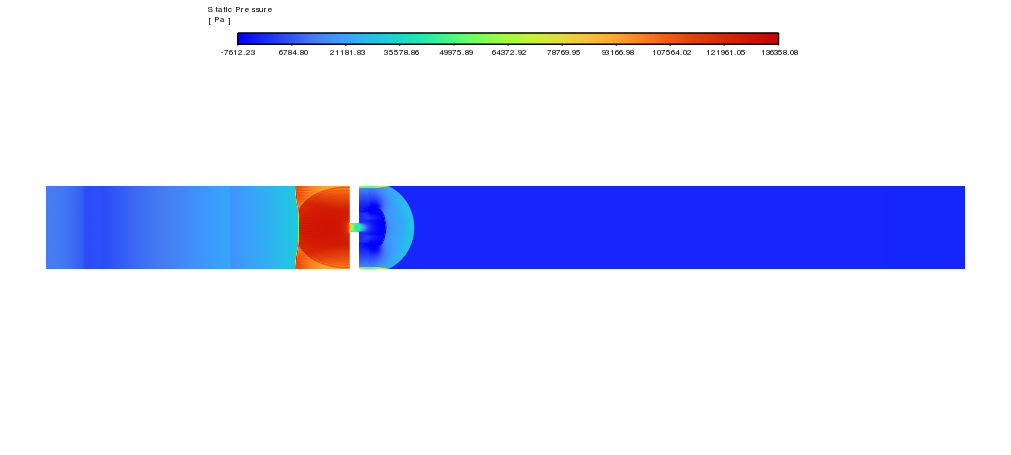
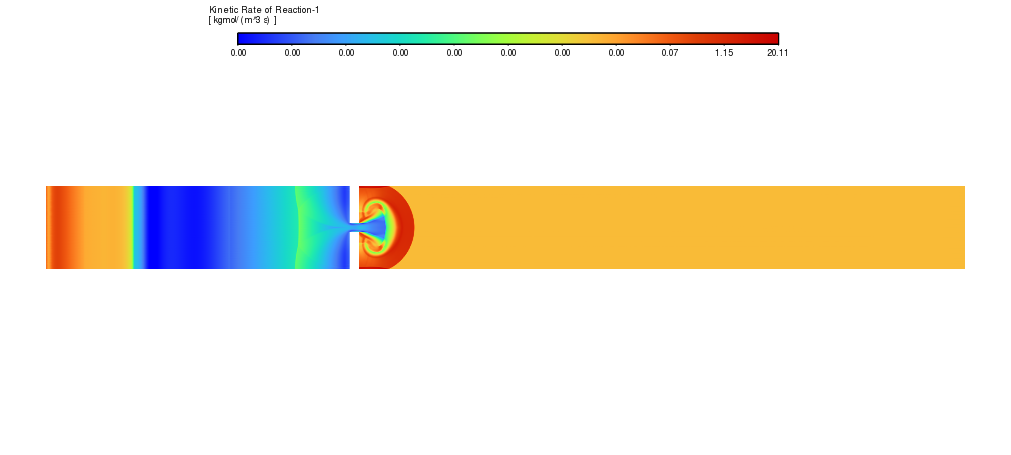
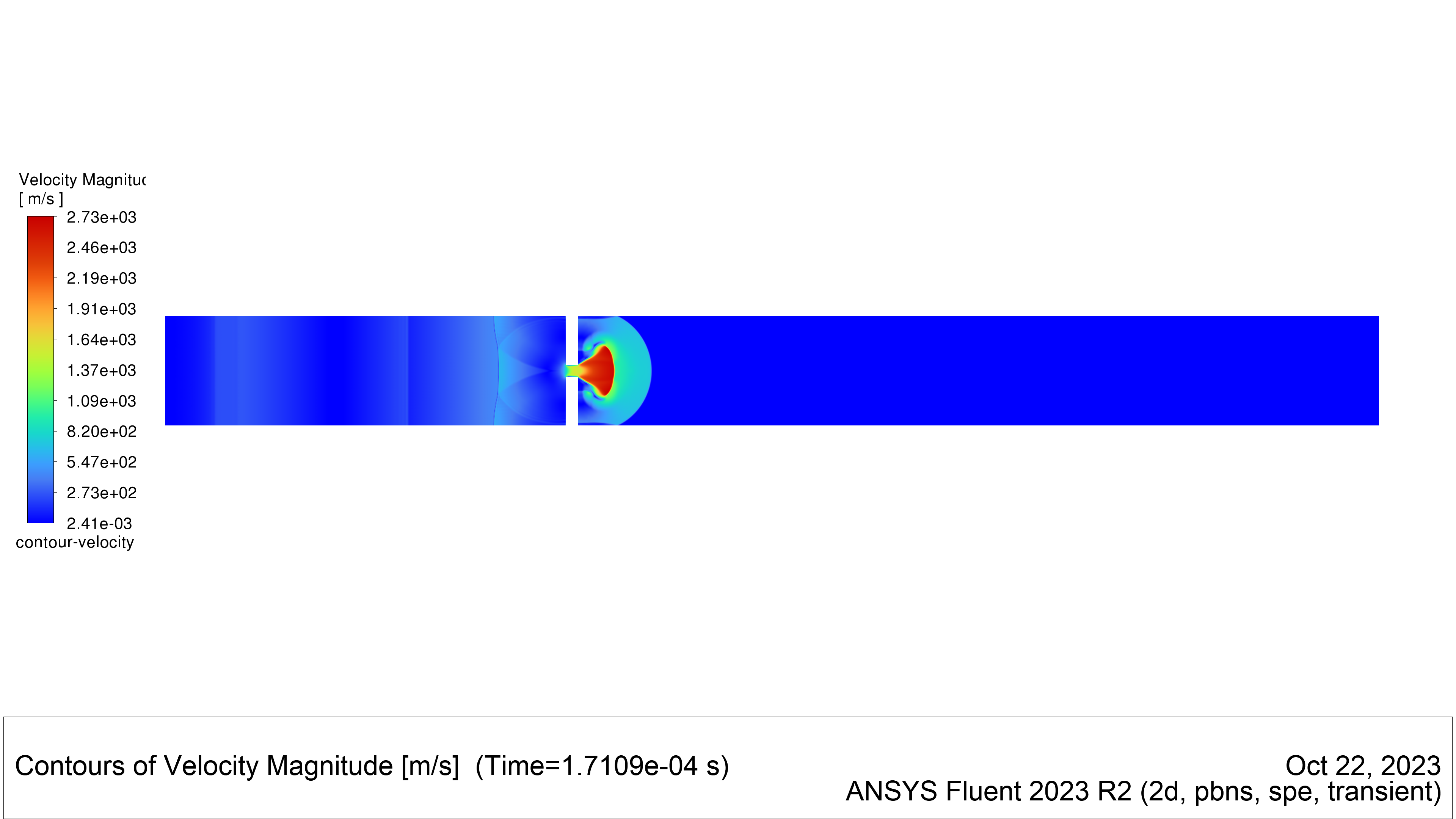
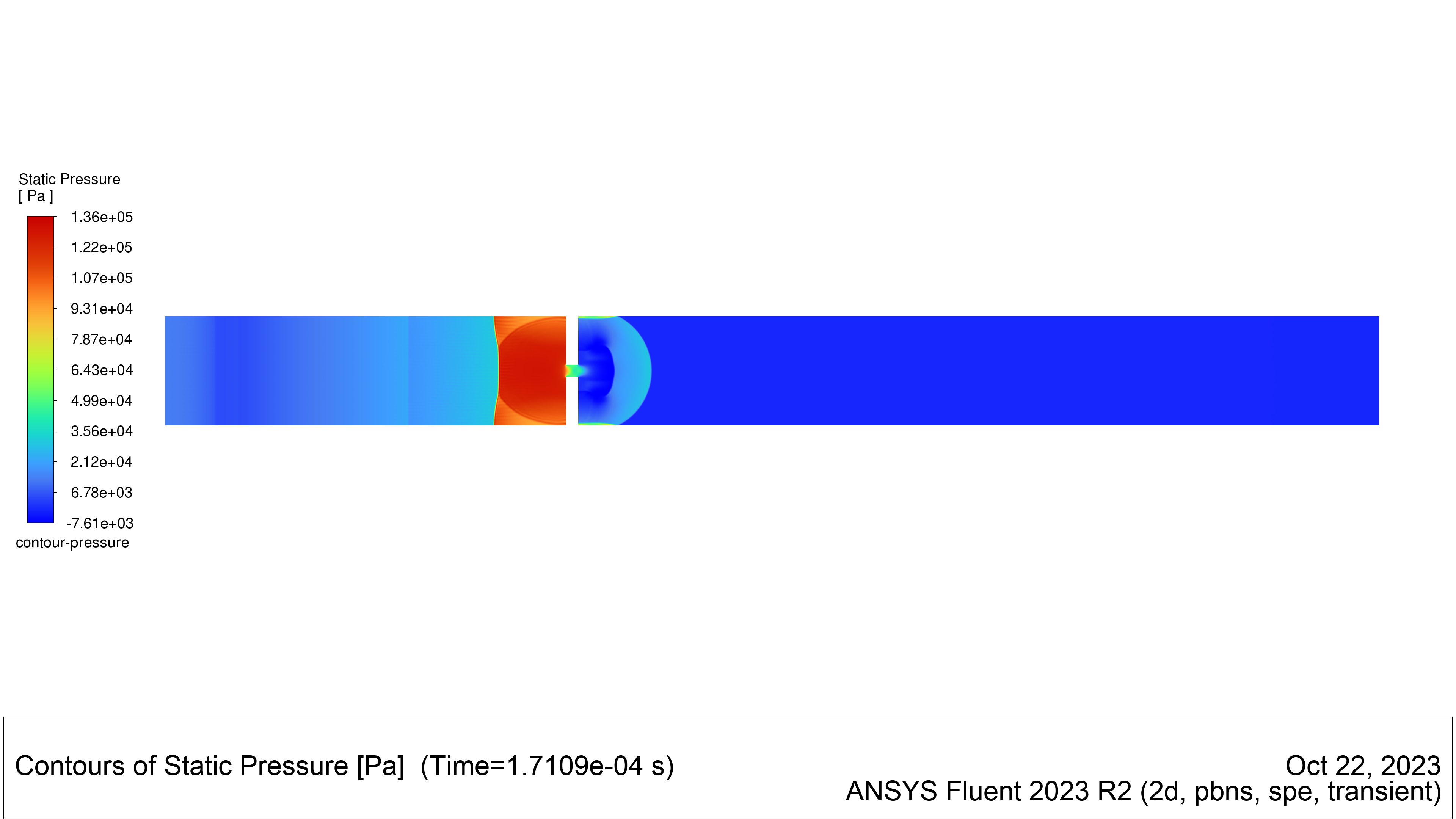
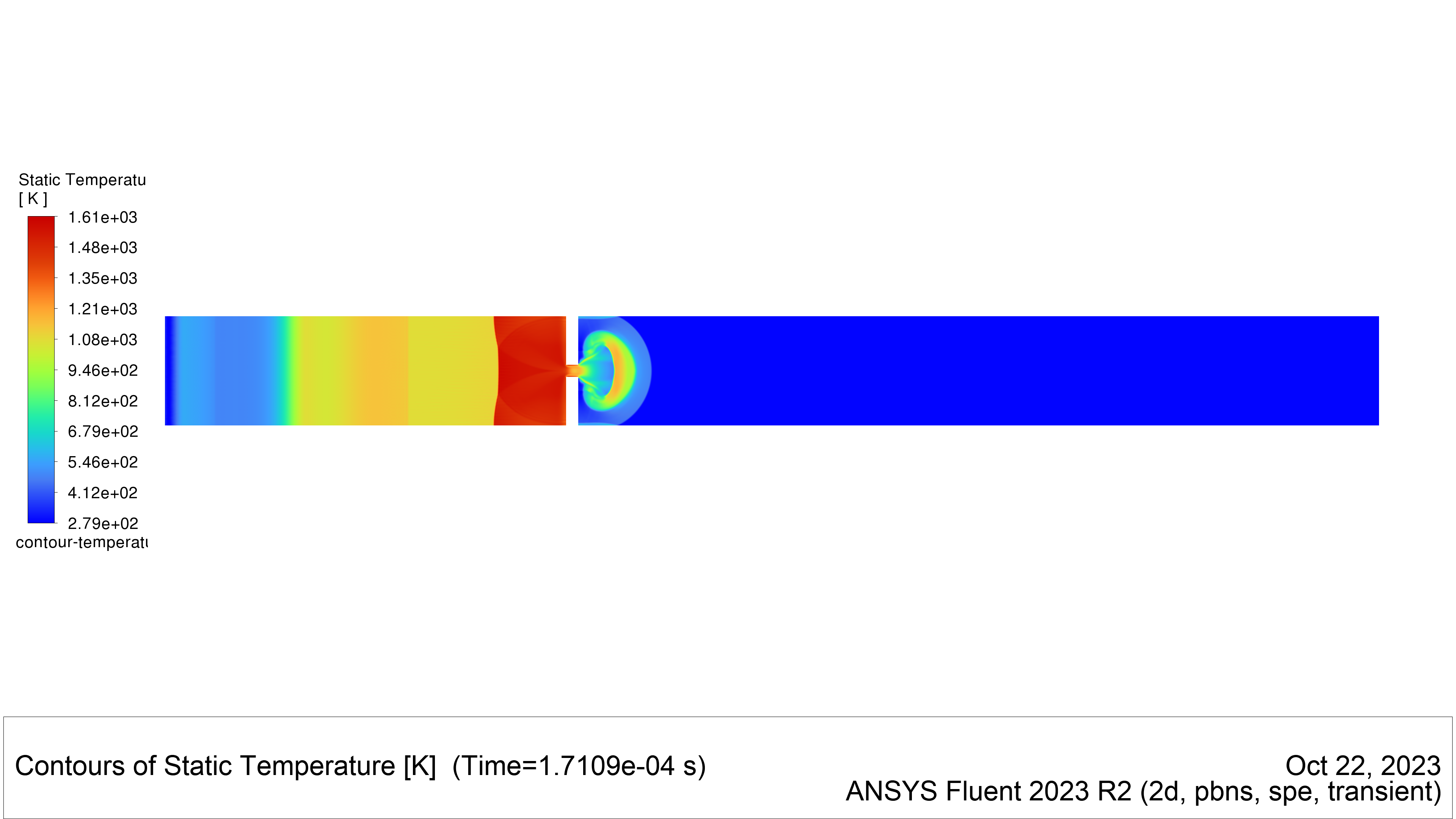
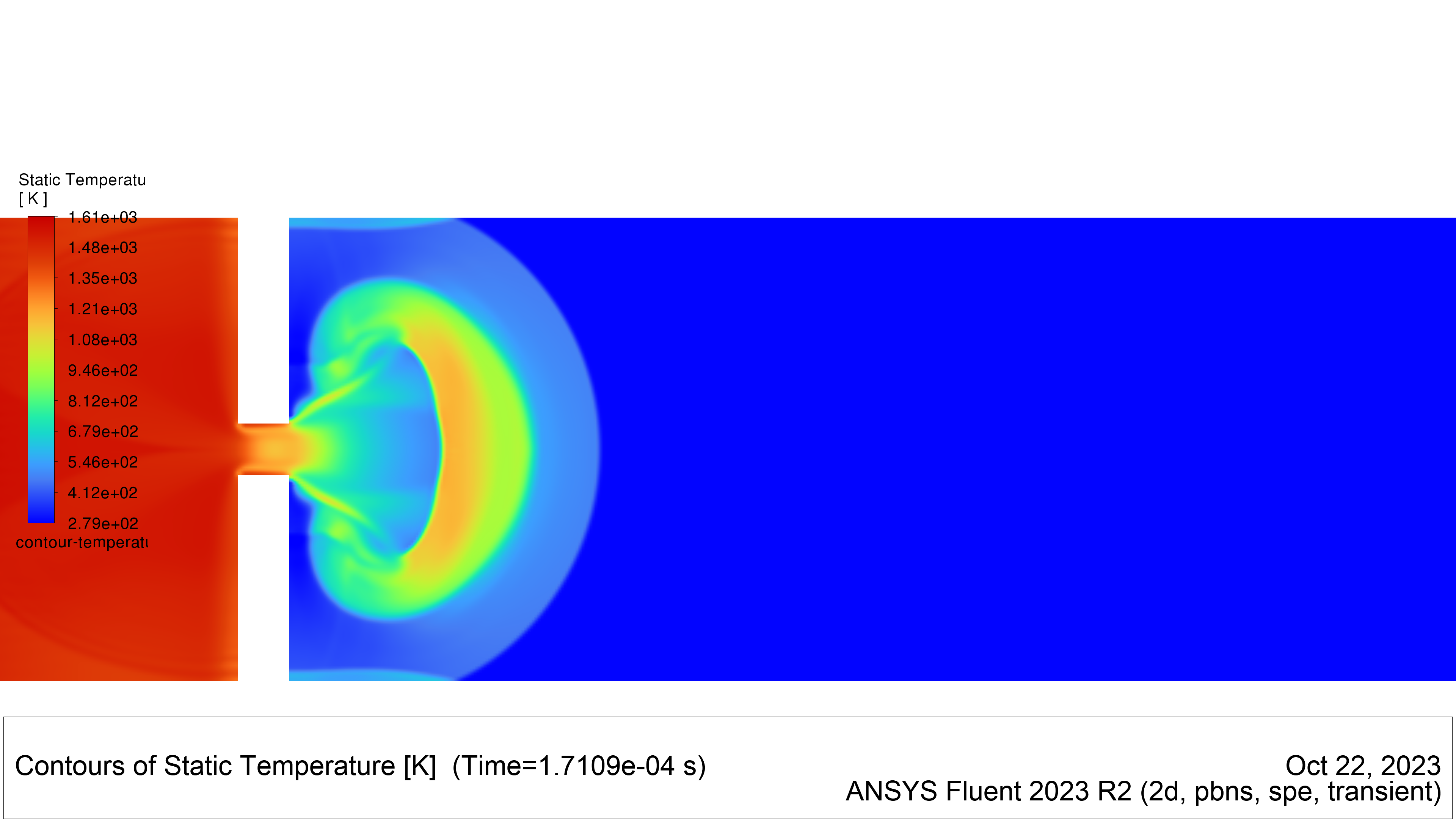

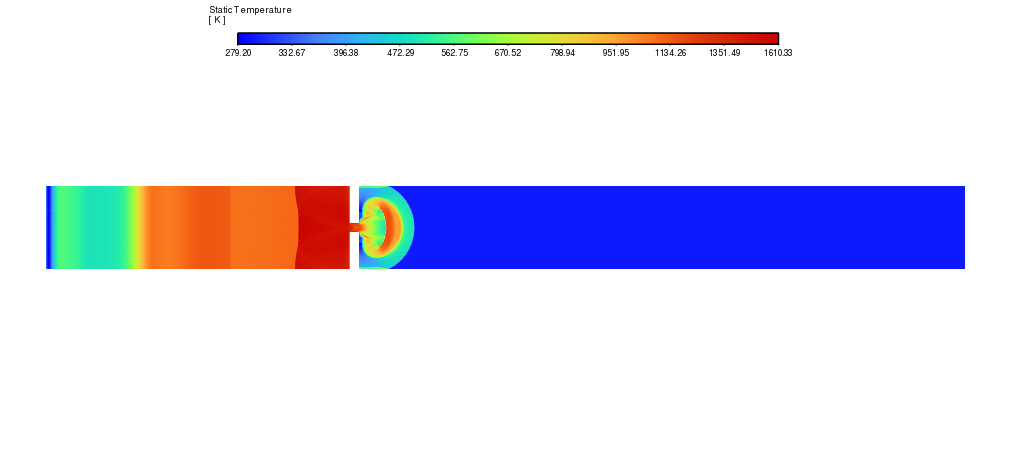
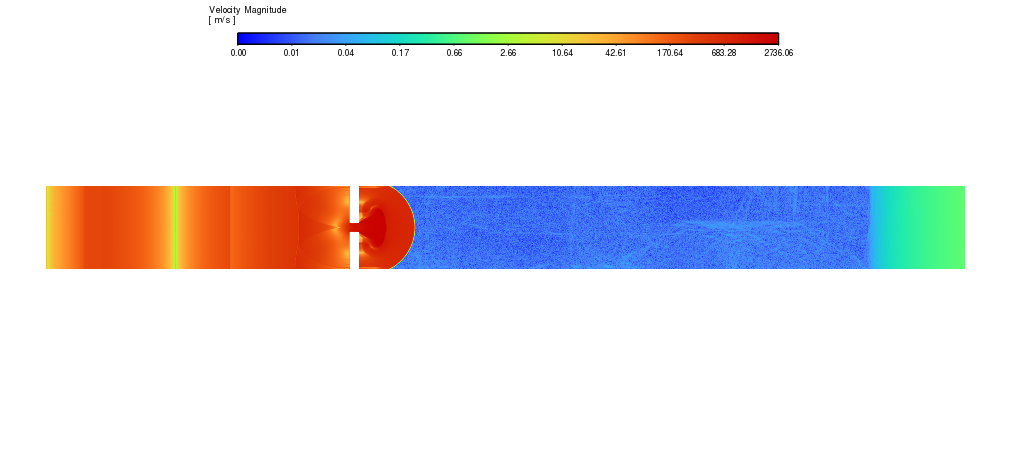





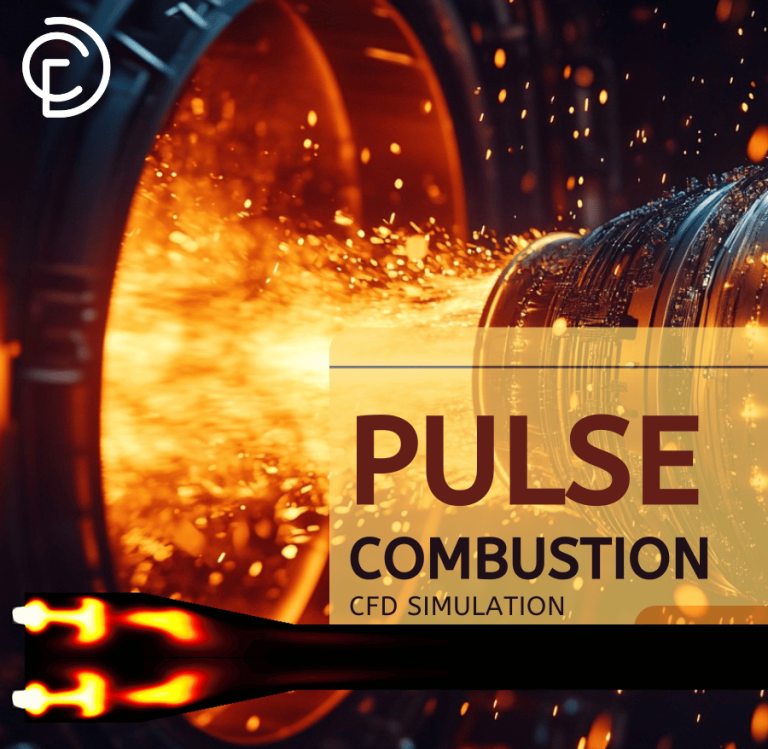
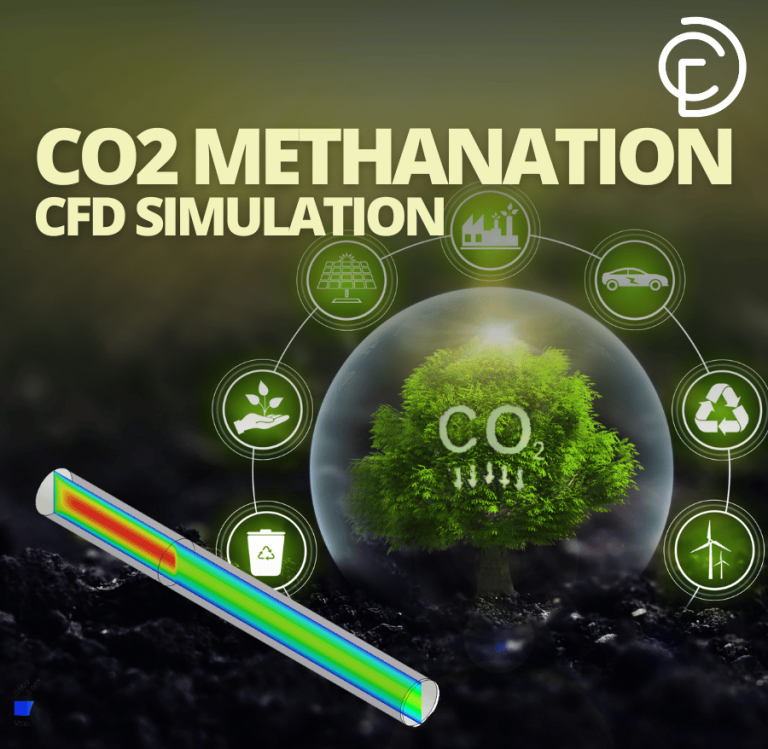
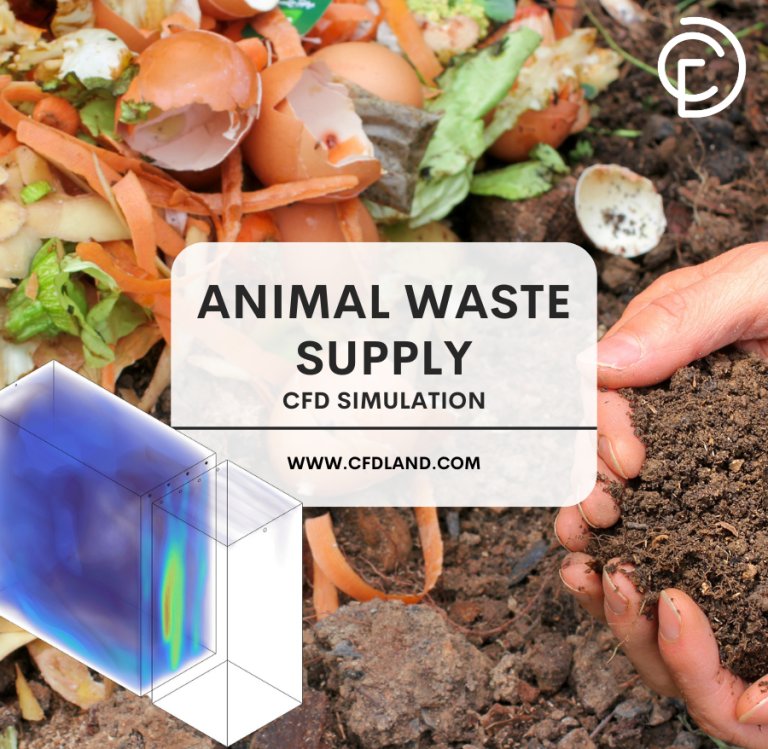
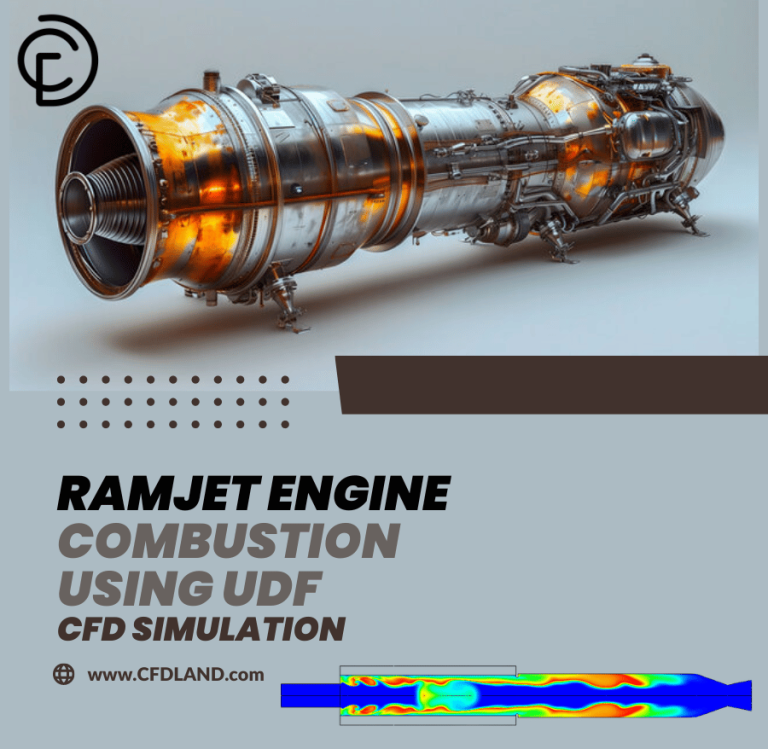
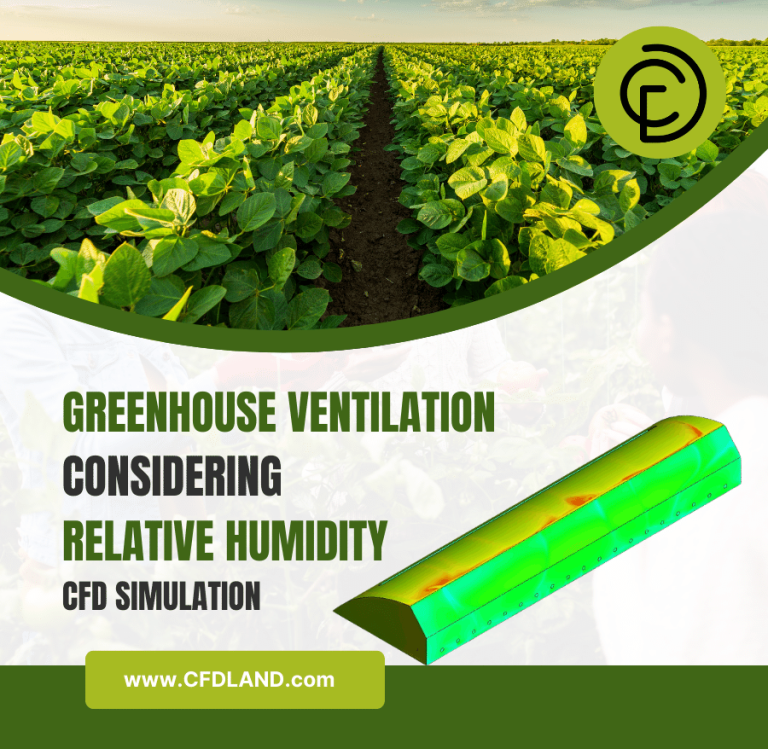
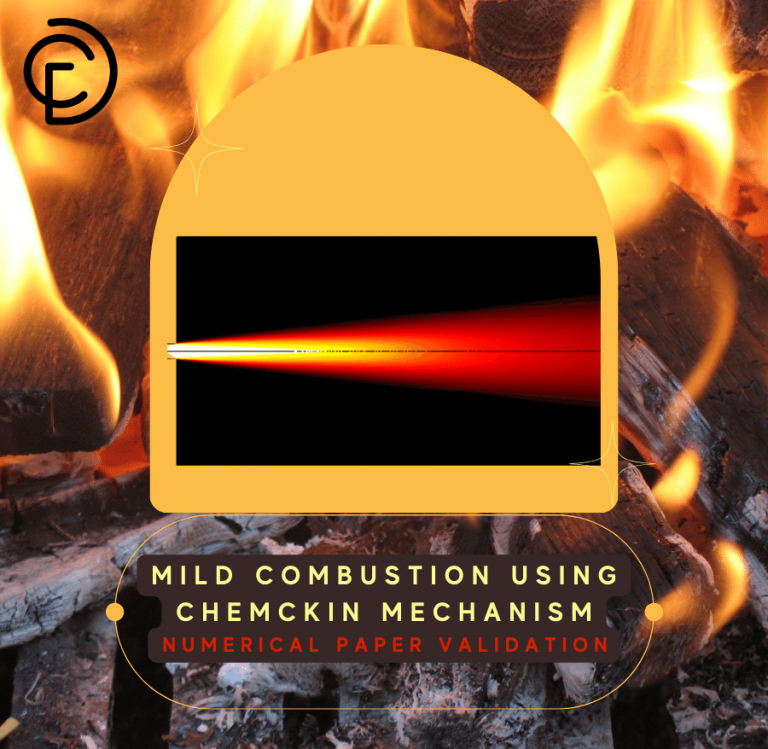
Reviews
There are no reviews yet.